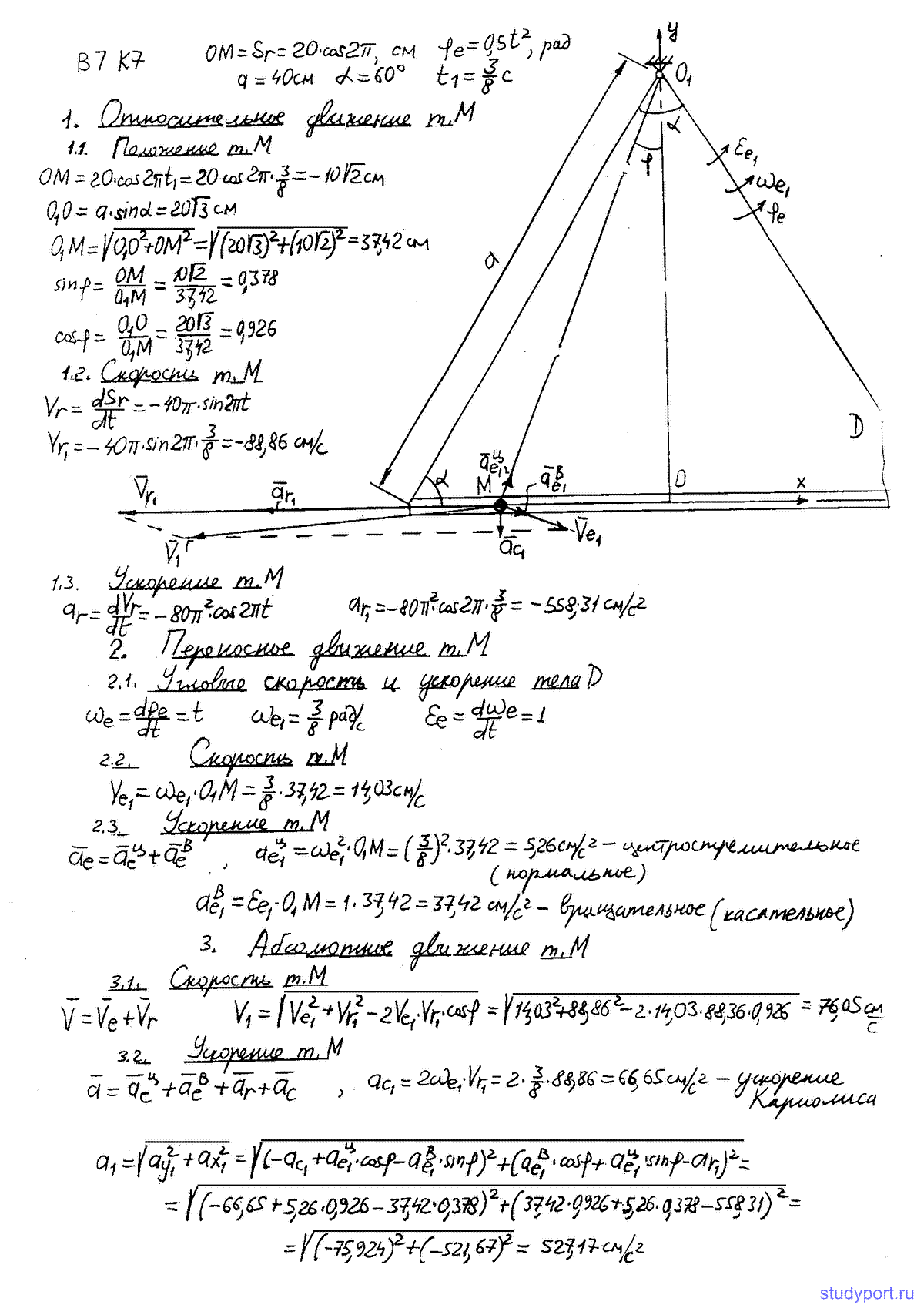Reshebnik Po Teoreticheskoj Mehanike Dievskij Malisheva
Traditional Construction Methods: CONCRETING CONCRETING Placing Concrete The main objective in placing is to deposit the concrete as close as possible to its final position as quickly and efficiently as you can, so that segregation is avoided and it can be fully compacted. Concrete can be transported by a variety of different methods ranging from wheelbarrows, dumpers and ready-mix trucks to skips and pumps, and though it is obviously desirable to place the concrete directly into position this is not always possible: for example, it will seldom be practical to discharge from a dumper or ready-mix truck directly into the top of a column or wall. Concreting using skip and crane Concrete pump for placing concrete Concreting Someone experienced in the construction of formwork, preferably a tradesman, should always be standing by when the concrete is being placed. He should have a supply of suitable materials such as props, bolts etc. To handle dangerous situations. Grout loss is an indication that joints were not tight or some movements has occurred during placing.
May 07, 2017 Church Revolution in Pictures Photo of the Week. Women replace priests in Portugal In Portugal it is becoming more and more frequent to find women replacing Catholic priests for the Sunday religious services. They still are not saying the Mass, but they carry out many functions that a priest normally does. From the altar they conduct the Sunday. Green business model innovation in the tourism and experience economy Cases from Austria, Portugal, Denmark, Finland, Mexico, Norway, Sweden, Iceland, Russia and South Korea.
Samodeljnij lampovij fm priemnik. >> priemnik s sintezatorom SONY ICF7600G >> 455Khz. 475Khz promezutocna castota >>komutiruemij filtr ucilitel >> lampovij malosumiacij kvadraturnij prebrezovatel v 0.20 Khz >> predvaritelnij ucilitel >> USB Creative MP3+ audio >> kompiuter HP compaq nx5000 >> Programa Dream V1.5 >> priem AM, USB, LSB, OFDM (DRM), FM >> xorosie naucniki. Football Manager 2016: 20 Essential Signings You Must Make. Stefan de Vrij - Lazio Club: Lazio Age: 23 Estimated Cost: £30 million Position: Defender Centre Stefan de Vrij has some of the. - Power to the beat! Join SLAM!FM op Facebook voor backstage stuff, prijzen & more! Like it and SLAM harder.
The vibrations transmitted to the formwork can loosen wedges and fixings so a close watch on all fastenings is necessary to avoid loosening. Similarly, wedges should be regularly checked and tightened. All split concrete or grout leakage should be cleaned or diluted with spray water immediately after concreting to make striking and cleaning easier especially with steel formwork. Remove timber spreaders which were used to hold formwork apart as concreting proceeds. Check cracking, excessive deflection, level and plumb, and any movement.
Concrete should be deposited at, or as near as possible to, its final position. The concrete should be placed in uniform layers. Avoid placing it in large heaps or sloping layers because there is always a danger of segregation, especially with mixes tending to be uncohesive. In walls and columns no layer should be more than about 450 mm thick. With layers thicker than 450 mm, the weight of concrete on top makes it almost impossible-even with vibration-to get the air out from the bottom of the layer.
In thin slabs compacted by a vibrating beam, restrict the layers to 150-200 mm. Download valhallashimmer rapidshare. With greater thickness, vibrators have to be used. Place the concrete as quickly as possible. But not faster than the compacting method and equipment can cope with. Where a good finish is required on columns and walls, fill the forms at a rate greater than 2 metres height per hour. Also avoid delays and interruptions because these will cause colour variations on the surface.
Make sure that each layer of concrete has been fully compacted before placing the next one, and that each new layer is placed while the underlying layer is still responsive to vibration. This will make the layers 'knits' together. Avoid the formation of cold joints. Good planning is necessary, particularly with large pours.

In columns and walls, the placing must be done in such a way that the concrete does not strike the face of the formwork; similarly, avoid heavy impact against reinforcement, as the force could displace it. Always make sure that the concrete can be seen as it is being deposited. Compacting Concrete: Theory After concrete has been mixed, transported and placed, it contains entrapped air in the form or voids. The object of compaction is to get rid of as much as possible for this unwanted entrapped air; down to less than 1% is usually the aim. The amount of entrapped air is related to the workability: concrete with a 75 mm slump contains about 5% air, while concrete of 25 mm slump contains about 20%. This is why a low-slump concrete requires more compactive effort-either a longer time or more vibrators compared with a concrete with a higher slump.
Reasons for Removing Air Voids reduce the strength of the concrete. For every 1% of entrapped air, the strength falls by about 5 to 6%. So a concrete with, say, 3% voids will be about 15-20% weaker than it should be.